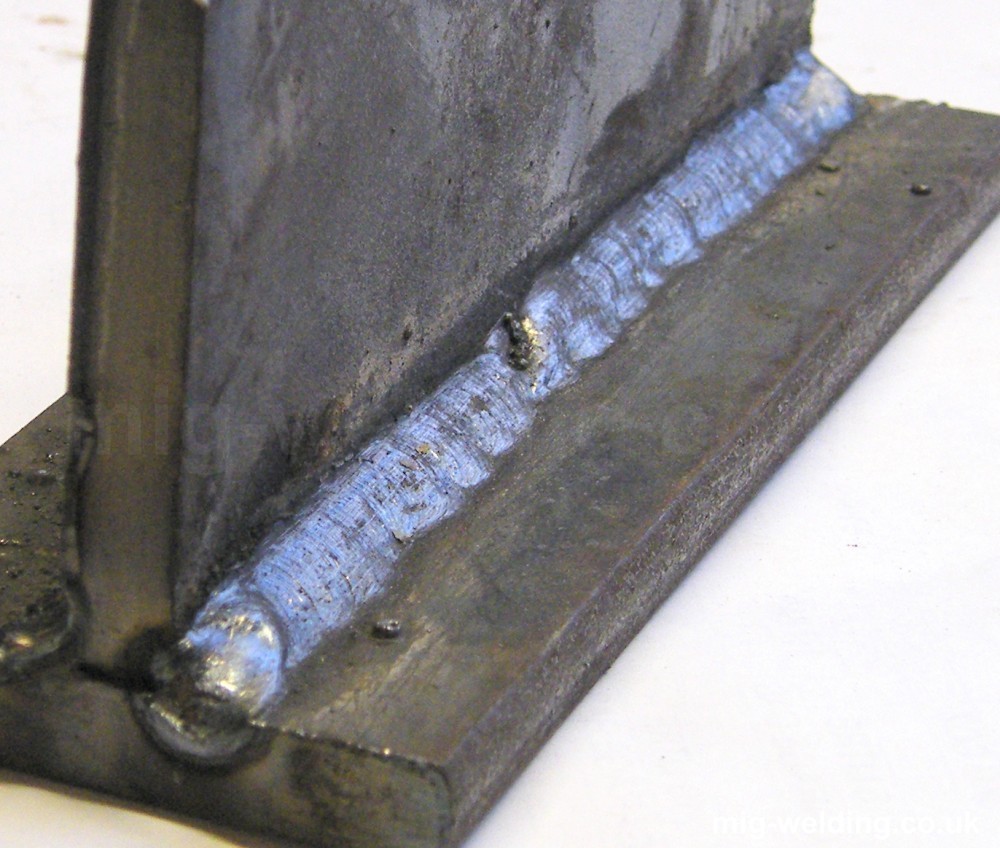Complete Guide to Preventing Weld Undercut: Tips and Techniques
Complete Guide to Preventing Weld Undercut: Tips and Techniques
Blog Article
Mastering the Art of Welding: Exactly How to Prevent Undercut Welding Issues for Flawless Manufacture Outcomes
By understanding the origin triggers of undercut welding and carrying out efficient techniques to stop it, welders can boost their craft to new levels of quality. In the quest of flawless fabrication outcomes, grasping the art of welding to avoid undercut concerns is not just a skill yet a requirement for those striving for excellence in their work.
Understanding Undercut Welding

To avoid undercut welding, welders must make certain proper welding criteria, such as adjusting the present, voltage, travel speed, and maintaining the correct electrode angle. Additionally, making use of the ideal welding strategy for the certain joint setup is necessary. Utilizing weaving motions or backstepping techniques can help guarantee correct weld steel deposition and decrease the likelihood of undercut development. Regular inspection of welds during and after the welding procedure is also crucial to capture any undercut very early and make necessary changes to stop further flaws. Preventing weld undercut. By understanding the root causes of undercut welding and implementing precautionary measures, welders can accomplish top quality, structurally sound welds.
Root Causes Of Undercut in Welding
Understanding the elements that add to undercut in welding is necessary for welders to produce top notch, structurally audio welds. Inadequate welding incorrect or present welding rate can also contribute to damage. Recognizing these causes and carrying out correct welding techniques can assist stop damaging issues, guaranteeing durable and strong welds.
Methods to Protect Against Undercutting

To mitigate the threat of damaging in welding, welders can utilize calculated welding methods aimed at improving the high quality and integrity of the weld joints. In addition, utilizing the appropriate welding technique for the certain joint arrangement, such as weave or stringer beads, can contribute to minimizing undercutting.
Additionally, proper joint prep work, consisting of making sure clean base materials cost-free of impurities and utilizing the suitable welding consumables, is essential in preventing undercut issues. Utilizing back-step welding techniques and regulating the weld grain profile can additionally assist distribute warmth uniformly and minimize the risk of undercut. Normal assessment of the weld joint during and after welding, along with carrying out quality control procedures, can aid in addressing and identifying undercutting concerns quickly. By implementing these methods diligently, welders can accomplish flawless construction results with marginal undercut problems.
Relevance of Proper Welding Specifications
Choosing and keeping appropriate welding specifications is necessary for attaining successful welds with minimal problems. Welding specifications describe variables such as voltage, existing, take a trip speed, electrode angle, and shielding gas flow price that directly impact the welding process. These specifications need to be meticulously readjusted based upon the sort of material being welded, its thickness, and the welding technique employed.
Proper welding specifications make sure the ideal quantity of warmth is put on thaw the base steels and filler product consistently. If the specifications are established as well high, it can cause extreme warm input, triggering distortion, spatter, or burn-through. On look what i found the other hand, if the parameters are too low, insufficient blend, absence of infiltration, or undercutting may occur.
Quality Control in Welding Procedures

Final Thought
In conclusion, grasping the art of welding needs a complete understanding of undercut welding, its causes, and techniques to stop it. By guaranteeing proper welding parameters and implementing quality assurance techniques, remarkable construction results can be accomplished. It is essential for welders to constantly aim for excellence in their welding operations to avoid undercut problems and create high-grade Resources welds.
Undercut welding, a common problem in welding processes, occurs when the weld steel doesn't effectively fill the groove and leaves a groove or anxiety along the bonded joint.To avoid undercut welding, welders ought to guarantee proper welding parameters, such as changing the current, voltage, traveling speed, and preserving the correct electrode angle. Poor welding incorrect or existing welding rate can also contribute to damage.To minimize the danger of damaging in welding, welders can use tactical welding strategies intended at enhancing the top quality and stability of the weld joints.In conclusion, mastering the art of welding needs a thorough understanding of undercut welding, its causes, and strategies to stop it.
Report this page